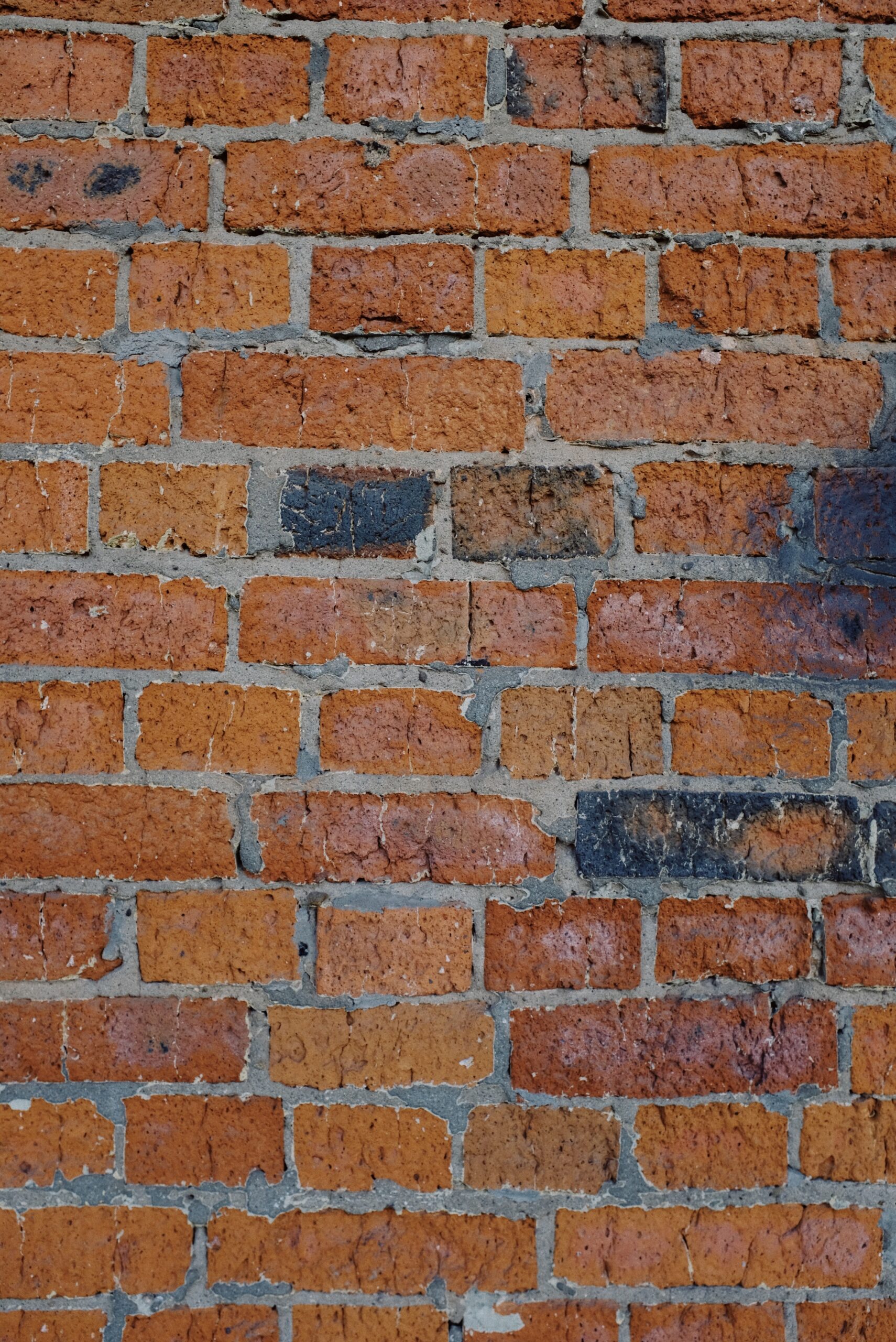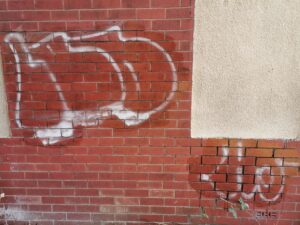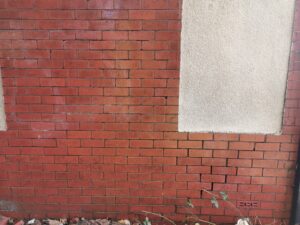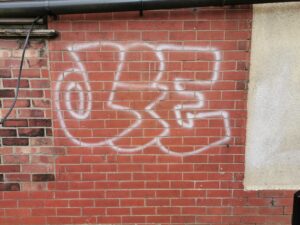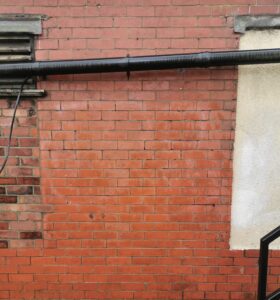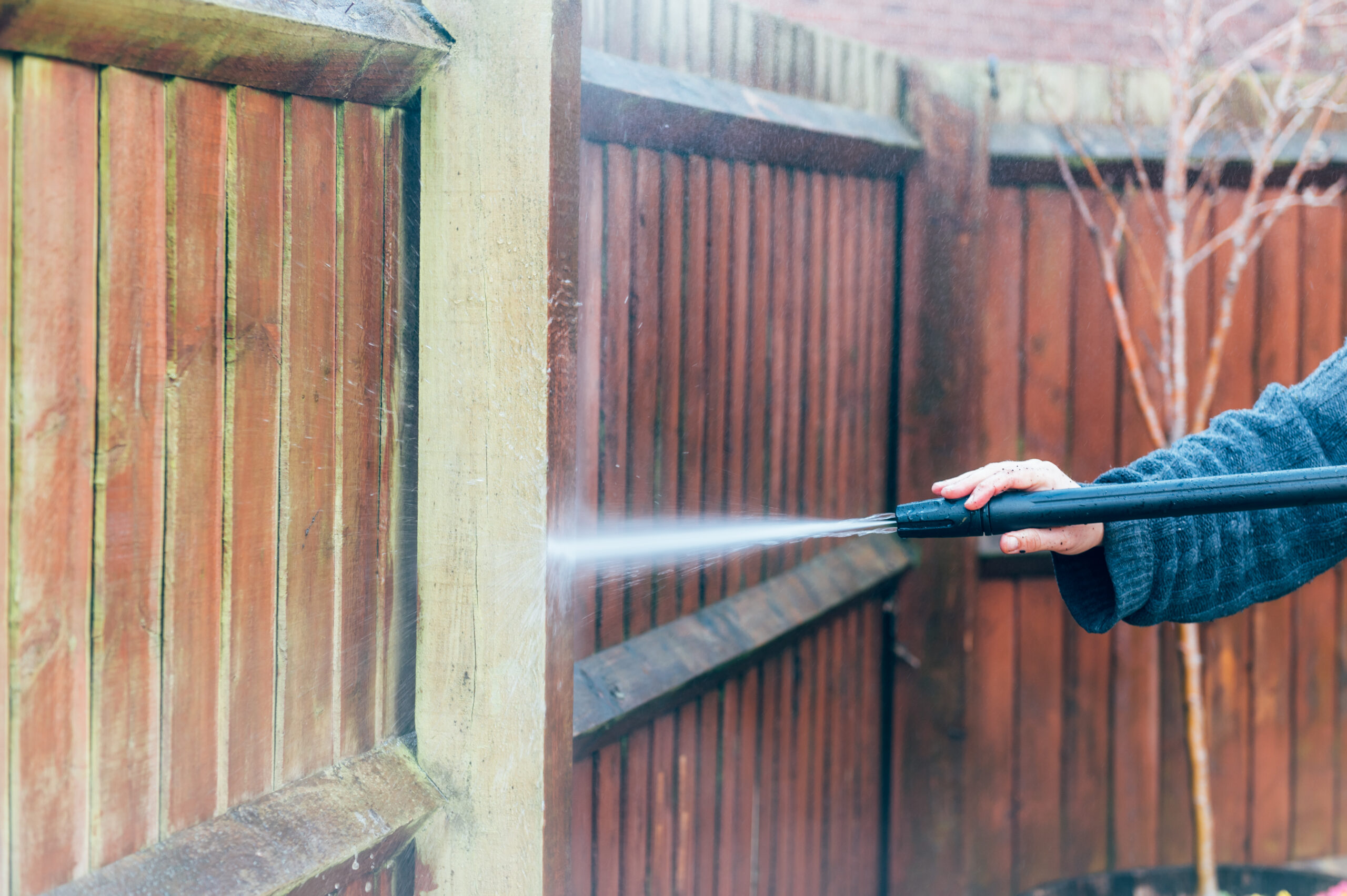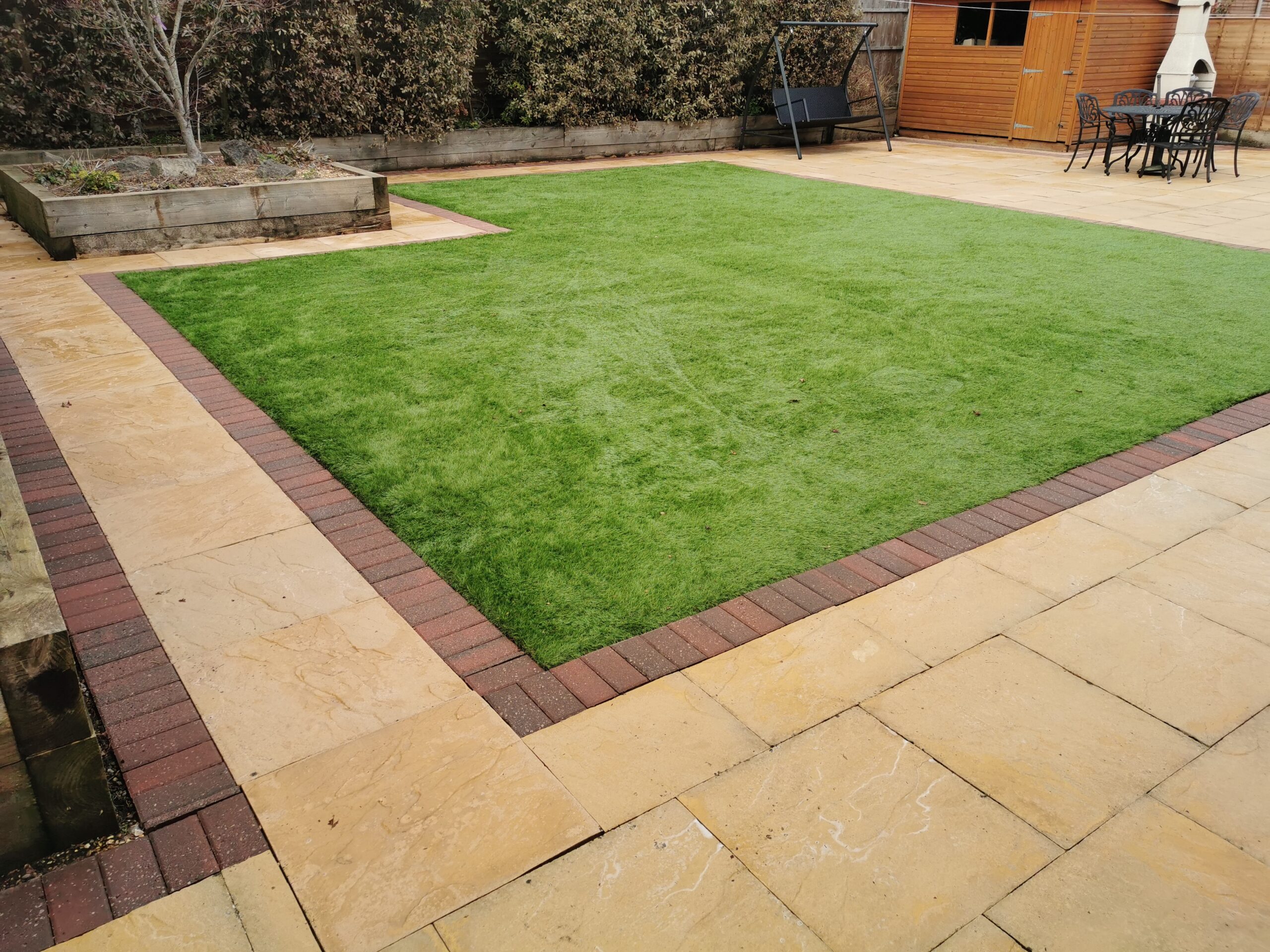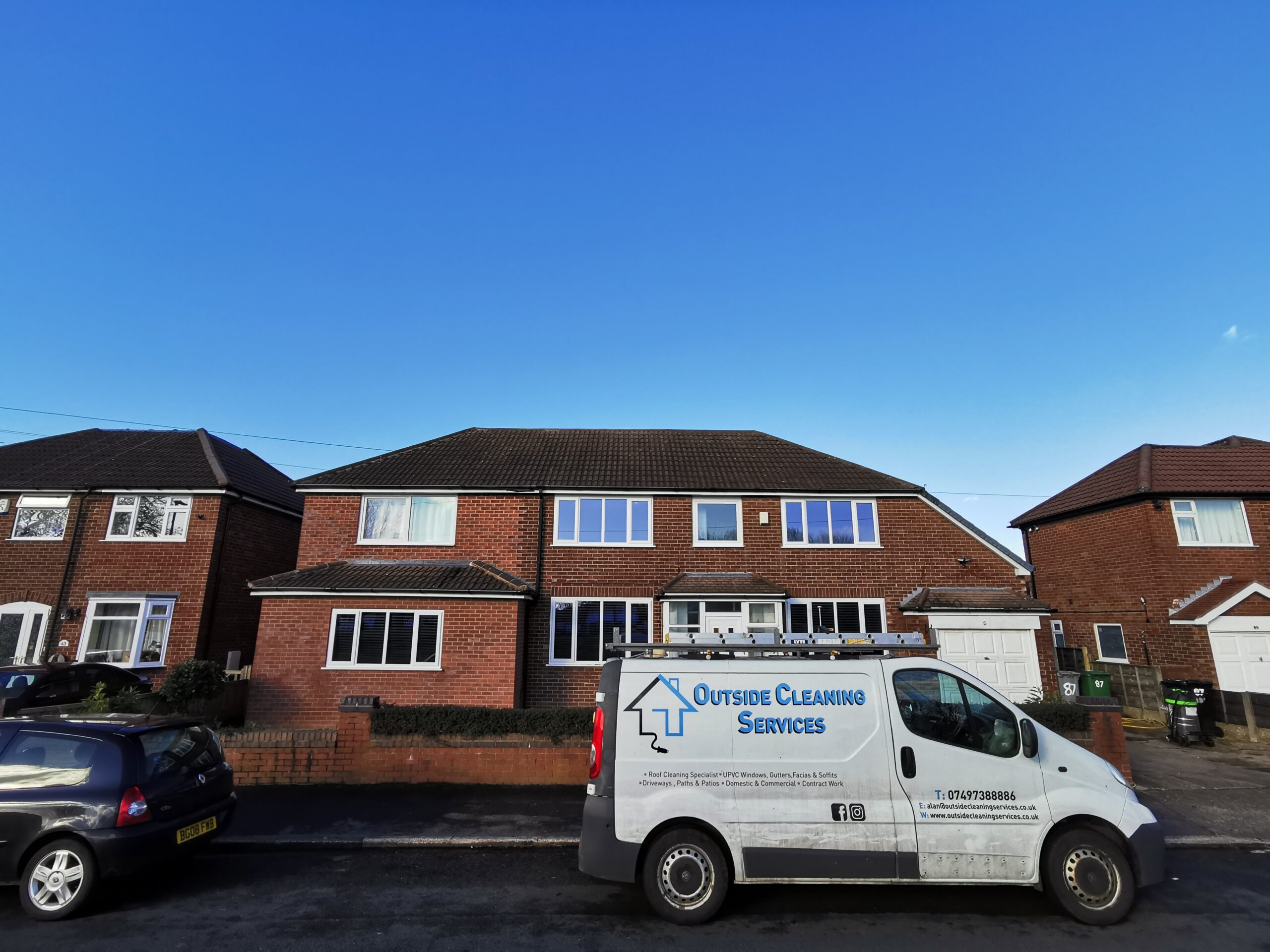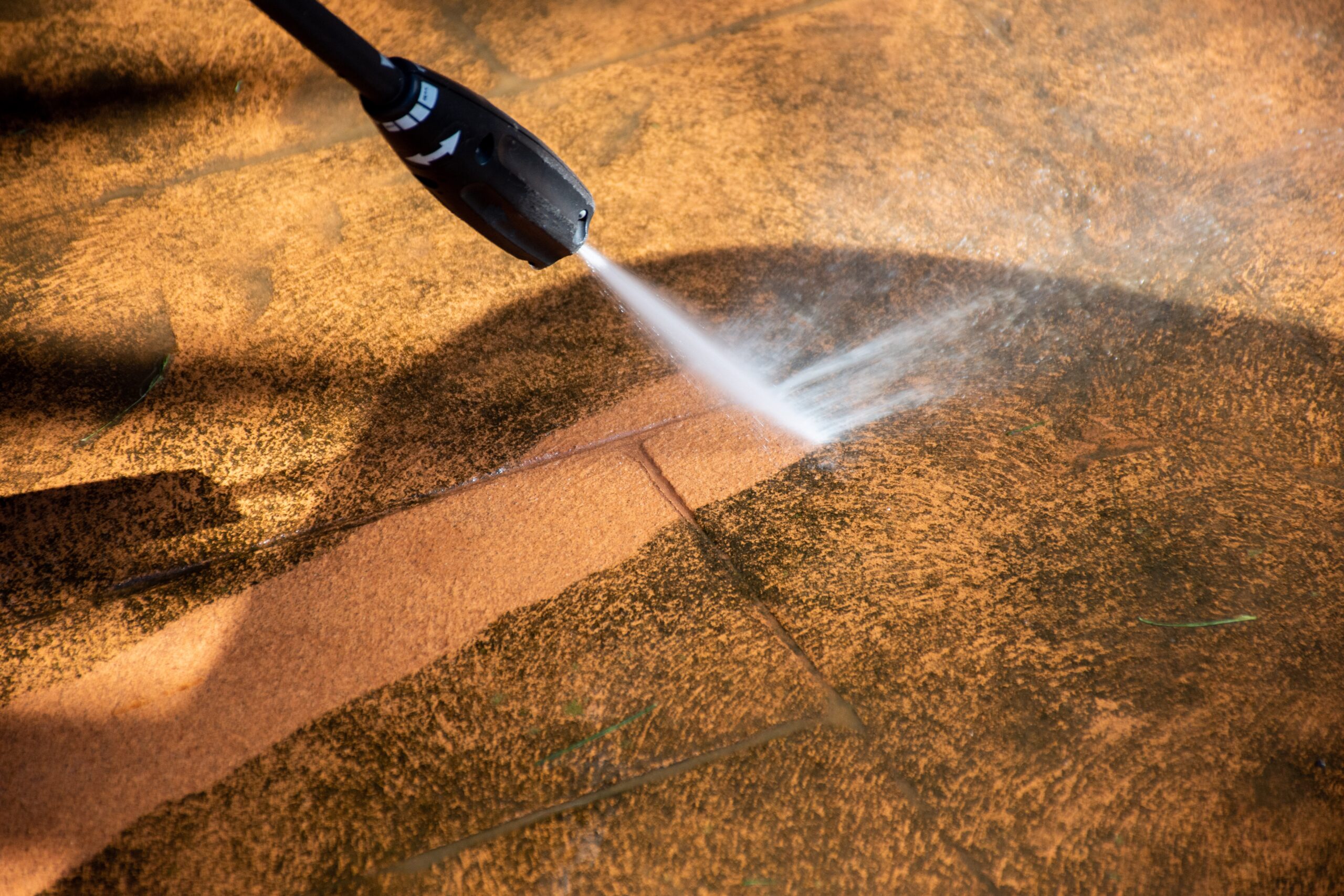Graffiti Removal from Building Facades: Exploring Various Wall and Facade Types
Graffiti removal from building facades is a concern that property owners and managers often grapple with. Unsolicited graffiti can mar the aesthetics of structures and leave a negative impression on both residents and visitors. Focusing on different types of walls and facades – from brick to concrete and from wood to glass, understanding the intricacies of each surface type can help determine the best approach to removing graffiti effectively.
Understanding Different Wall and Facade Types
Brick Walls
Brick walls are common targets for graffiti artists due to their textured surface. Removal of graffiti from bricks demands a delicate approach to avoid eroding the surface. Using harsh chemicals or abrasive techniques can lead to irreversible damage.
Concrete Walls
Concrete walls are sturdy but porous, making them susceptible to graffiti penetration. High-pressure washing is often effective in removing graffiti from concrete surfaces. However, caution is needed to prevent the force from damaging the concrete.
Wooden Surfaces
Wooden surfaces pose a unique challenge for graffiti removal. Chemical solvents can stain or weaken the wood, while excessive pressure can result in splintering. Gentle abrasive methods and repainting might be necessary.
Glass Facades
Glass facades require a cautious approach to avoid scratches during graffiti removal. Specialized solvents and gentle scrubbing are commonly used, followed by thorough cleaning to restore transparency.
Graffiti Removal Techniques
Pressure Washing
Pressure washing involves using high-pressure water jets to remove graffiti. It is effective on resilient surfaces but requires skilled handling to prevent surface damage.
Chemical Solvents
Chemical solvents break down graffiti materials, making them easier to remove. However, they must be chosen carefully to avoid harming the underlying surface.
Abrasive Blasting
Abrasive blasting employs materials like sand or baking soda to gently remove graffiti. It’s versatile and suitable for a range of surfaces but needs to be applied skillfully.
Heat Treatment
Heat treatment involves using hot water or steam to dissolve graffiti substances. It’s particularly effective on porous surfaces and reduces the need for chemical agents.
Factors Influencing Removal Methods
Surface Porosity
The porosity of the surface determines the extent to which graffiti penetrates. More porous surfaces require different removal methods to avoid causing damage.
Graffiti Medium
The type of paint or medium used for graffiti affects removal strategies. Some paints are more resistant, necessitating stronger removal techniques.
Preservation of Original Finish
Balancing graffiti removal with the preservation of the original finish is crucial. Using aggressive methods can strip away paint and textures.
DIY vs. Professional Graffiti Removal
Property owners often wonder whether to tackle graffiti removal themselves or hire professionals. While DIY methods can work, professionals possess the expertise and equipment for safe and effective removal.
Preventive Measures Against Graffiti
Anti-Graffiti Coatings
Applying anti-graffiti coatings creates a protective barrier, making future removal easier. These coatings deter graffiti materials from adhering to surfaces.
Landscaping and Lighting
Well-lit properties with visible landscaping are less attractive to graffiti artists. Improved visibility and surveillance can deter potential vandals.
Community Involvement
Engaging the community in maintaining and beautifying properties can discourage graffiti. Active neighborhoods often experience less graffiti-related issues.
Environmental Considerations
Proper Disposal of Graffiti Removal Waste
The waste generated during graffiti removal must be disposed of responsibly to minimize environmental impact. This includes the proper handling of chemical residues.
Eco-Friendly Removal Alternatives
Exploring eco-friendly removal alternatives aligns with sustainable practices. These methods focus on reducing chemical usage and promoting environmental stewardship.
Conclusion
Graffiti removal from building facades requires a thoughtful approach that considers the surface type, removal techniques, and environmental impact. Property owners have a range of options to choose from, each with its own benefits and considerations. By understanding the nuances of different surfaces and removal methods, graffiti can be effectively removed while preserving the integrity of the building’s appearance.
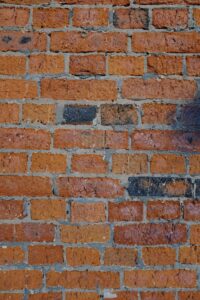
FAQs
Can I use regular household cleaners to remove graffiti from brick walls?
It’s not recommended, as some household cleaners can cause further damage to the bricks. Consult professionals for suitable solutions.
Is pressure washing safe for all surfaces?
While pressure washing can be effective, it should be used with caution on delicate surfaces to avoid unintended damage.
Do anti-graffiti coatings require frequent reapplication?
The longevity of anti-graffiti coatings varies, but they generally offer long-lasting protection that reduces the need for frequent reapplication.
Are eco-friendly removal methods as effective as chemical solvents?
Yes, many eco-friendly methods have proven to be just as effective while being safer for both surfaces and the environment.
How can community involvement help prevent graffiti?
Engaged communities tend to keep a watchful eye on properties, making them less attractive to vandals and contributing to a sense of ownership.

